 Brunner’s Stick Mantis
(Brunneria borealis) Family-Mantidae.
Brunner’s Stick Mantis
(Brunneria borealis) Family-Mantidae.
| Taxonomy: |
|
| Kingdom: |
Animalia |
| Phylum: |
Arthropoda |
| Sub-Phylum: |
Tracheata |
| Class: |
Insecta |
| Sub-Class: |
Pterygota |
| Super-Order: |
Dictyoptera |
| Order: |
Mantodea |
| Sub-Order: |
- |
| Family: |
Mantidae |
| Sub-Family: |
Photininae |
| Tribe: |
Coptopterygini |
| Genus: |
Brunneria |
| Species: |
borealis |
| Year: |
|
| Distribution: |
Southern USA, East of Oklahoma. |
Adults get 6- 7inches long. They are green, pink,
and winged at maturity. Males are not know to exist
in captivity, but mostly reproduction consists of
parthenogenesis. Nymphs hatch from the oothecae
over a period of time, rather than the all at once.
Oothecae can take as long as 4 months from the first
to the last nymph hatching. They prefer to be kept
at 80°- 81°F.
Diet: Drosophila, houseflies, crickets, flour worms.
The feed must be very diversified. To the newly
hatched larvae must be promptly offered Drosophila
flies.
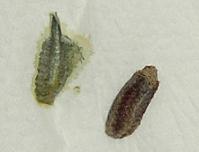
On the left is an ootheca that was laid 5 minutes
prior to this shot, on the right is one week old
ootheca.
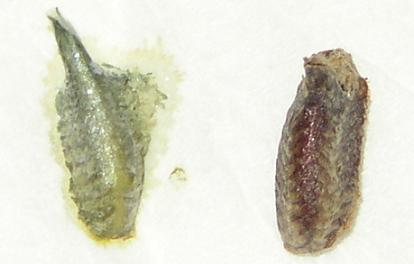
Close up of the two oothecas.
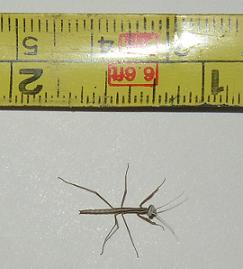
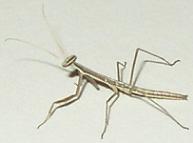
L1 nymph.
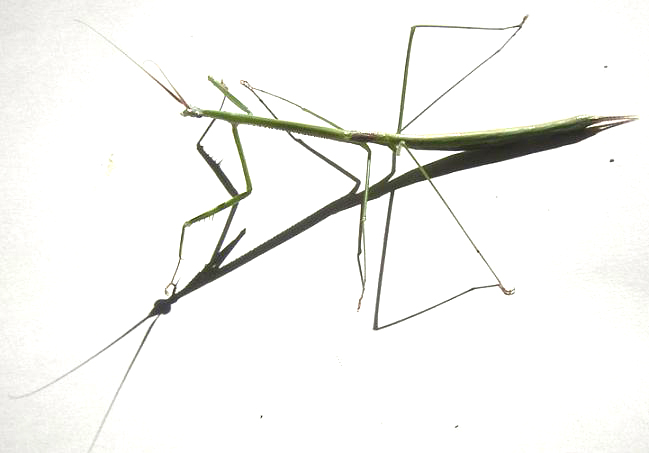
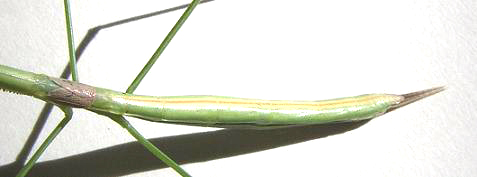
Adult female (green).
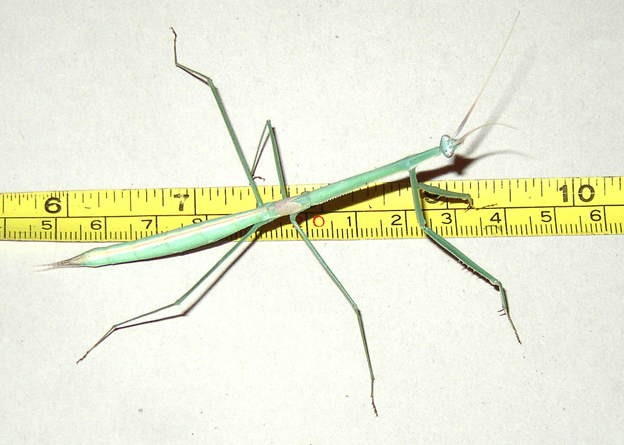
Adult female (bluish-green).
|